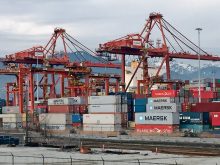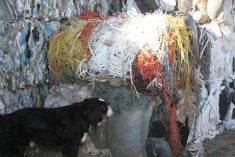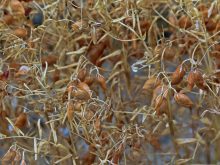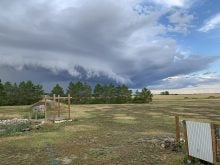New report says Prairies will see wetter winters and drier summers, which will require changes in how water is managed
Western Canada is warming at three times the rate of the rest of the world and that will challenge people who live in the region, according to a report released Dec. 7.
The Prairie Provinces chapter of the Regional Perspectives Report is the first in a series from experts across Canada to assess climate change in various parts of the country. It’s based on an examination of about 300 studies and reports and follows a national report last year.
Read Also
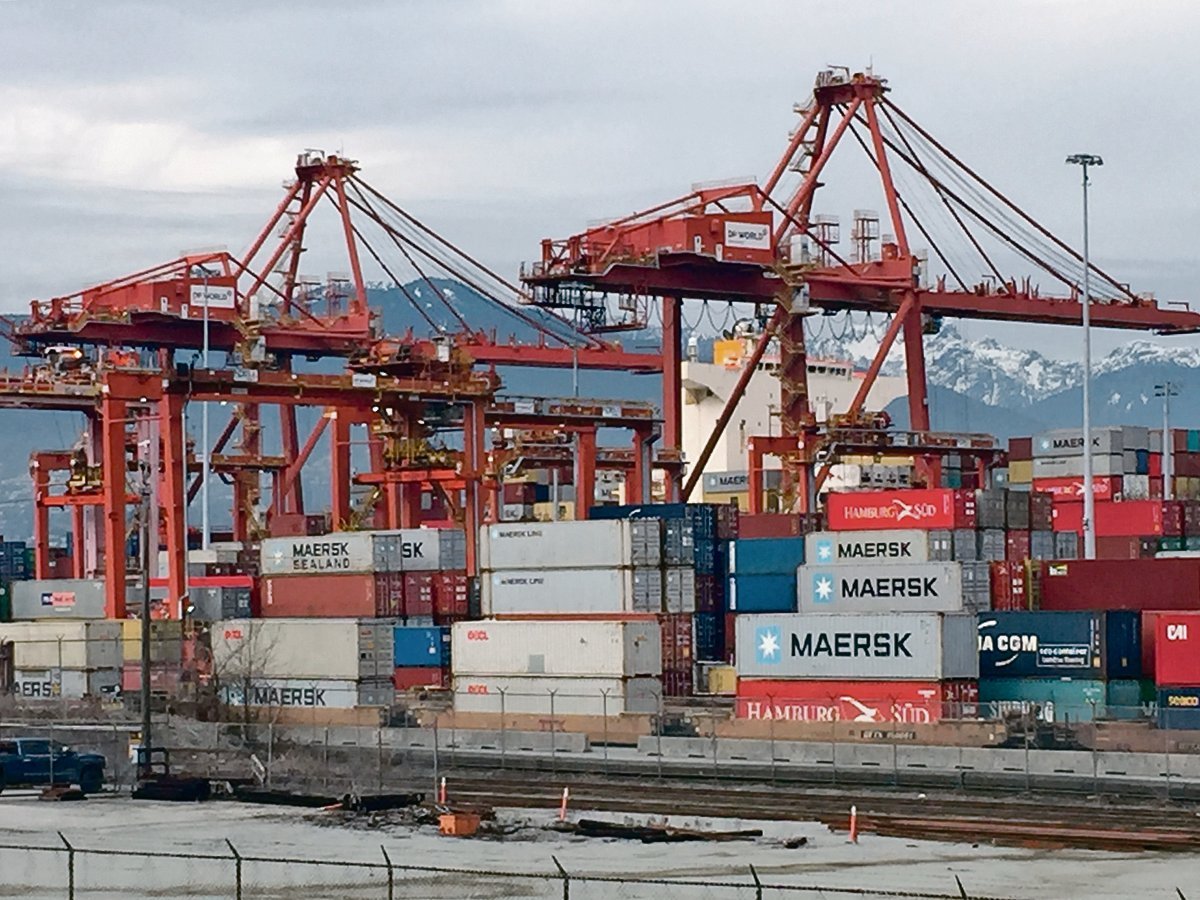
Message to provincial agriculture ministers: focus on international trade
International trade stakeholders said securing markets in the face of increasing protectionism should be the key priority for Canada’s agriculture ministers.
The prairie chapter concludes that wetter winters and drier summers will require changes in how water is managed.
“The transition to a new distribution of water supplies and new regional ecosystems will be punctuated by phases of change as global warming interacts with regional variability and weather events,” the report said.
Dave Sauchyn, director of the Prairie Adaptation Research Collaborative at the University of Regina and lead author for the chapter, said the national report indicated Canada is warming at twice the rate of the rest of the world, but it’s clear parts of the country are changing differently.
The Prairies are warming more rapidly especially in winter, he said.
The West contains more than 80 percent of the agricultural land, most of the irrigated land, and traditionally experiences large seasonal variations in climate.
“Few places in the world have the extent of variation in the hydroclimate, and as a result it influences our water resources, ecological services and the resource economy,” Sauchyn said.
One of the key messages in the Prairies chapter is that floods, drought and wildfire are getting worse.
Sauchyn said outside of flooding in Alberta in 2005 and in Manitoba in 1993, the most costly extreme weather events have taken place in the last 10 years. Of the top 20 Canadian events listed in the chapter, 13 occurred on the Prairies.
A survey of more than 800 prairie stakeholders found their greatest concern was extreme weather, followed by changes to temperature and precipitation.
“There’s quite a bit of strong scientific evidence that in a warming climate you can expect extreme weather events to occur with increased severity, and in particular flooding and wildfire,” Sauchyn said.
Research in Alberta after 2013 flooding and the 2016 wildfire at Fort McMurray found these events were more severe because they occurred in a warmer climate.
“This is probably the most challenging scenario that we face on the Prairies,” he said, referring to the cost and severity.
Governments are responding by developing strategies, but mostly these are reactionary rather than planning or adapting in order to prepare, he said.
Ranking severe events by cost is also a problem because not all are insurable.
“Drought is nowhere in this database,” Sauchyn said. “Even if you consult the Canadian disaster database, drought is swamped by flooding and fire and storms because so much of the cost of drought, the impact of drought, is not so much on insured commercial property infrastructure, but its losses to the ag sector, losses to the service sector and so on.”
The chapter notes that all levels of government must collaborate on regional land-use policies and planning when it comes to water. Sauchyn said this should include local stakeholders, such as rural municipalities, watershed stewardship groups and conservation districts.
The report says that prairie ecosystems will shift and transform. Forest areas could become parkland, for example, which has implications for biodiversity and the people who make their living in forestry.
Benefits to agriculture could be longer growing seasons, but extreme weather will remain a concern, as will the increased risk of pests, diseases and invasive species that could come with a changing climate.
Elaine Wheaton, climate scientist from the University of Saskatchewan, said that farmers have always been adaptable but will really have to learn how to limit the impacts of climate extremes.
“We found there are many barriers to these innovative solutions and adaptation of producers and the communities that they live in,” she said. “These include the awareness of climate change impacts, information about climate change impacts, and you combine those with limited finances in some cases and lack of institutional supports and other gaps in knowledge and capability, and that means we really have to work harder to make sure that the importance of prairie agriculture stays important with climate change.”
The chapter includes an interactive tool, in which users can choose a time frame and emissions scenario and be able to see how things have changed.
The report can be found at www.changingclimate.ca.




